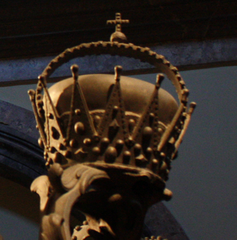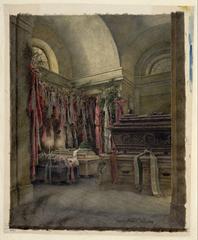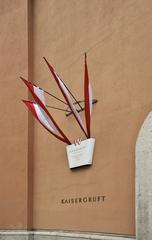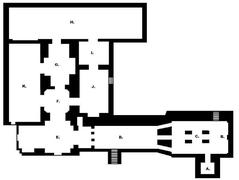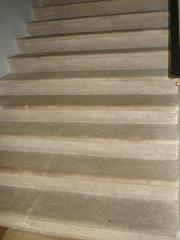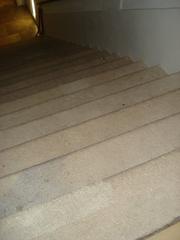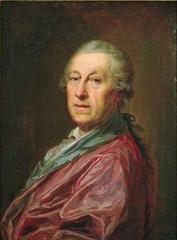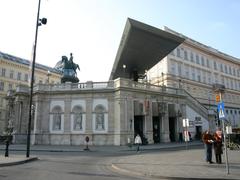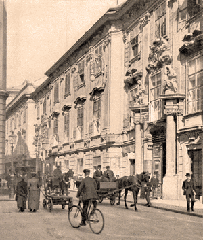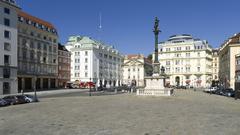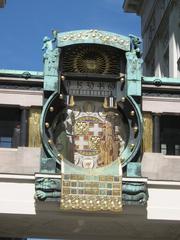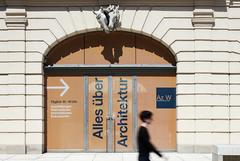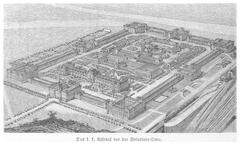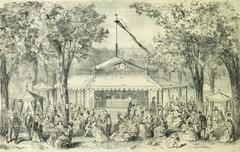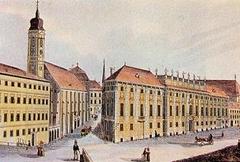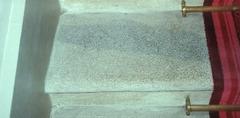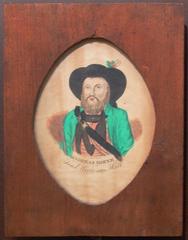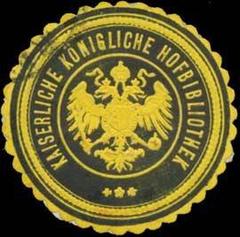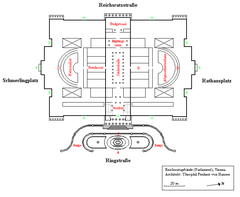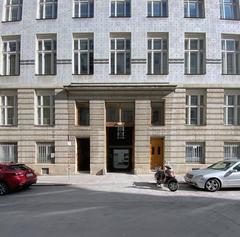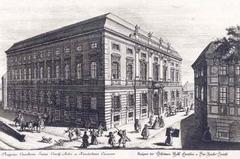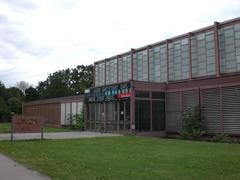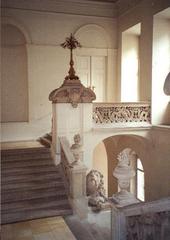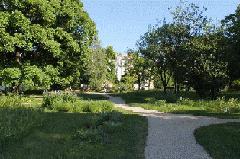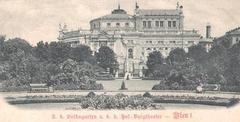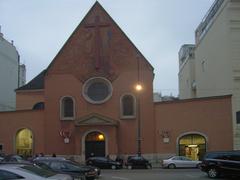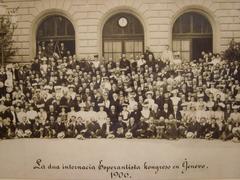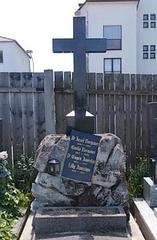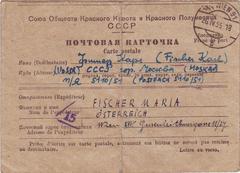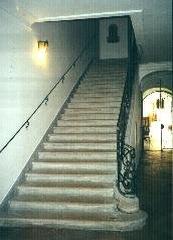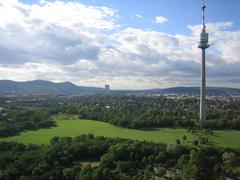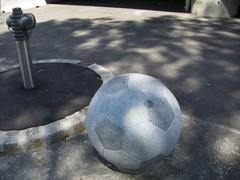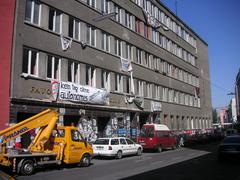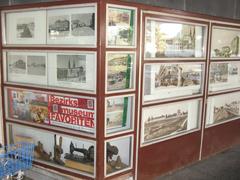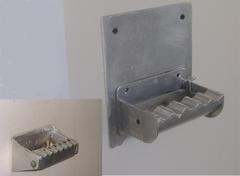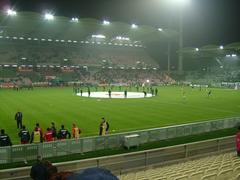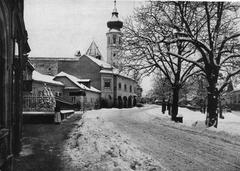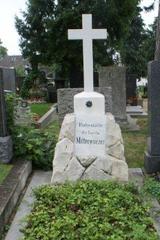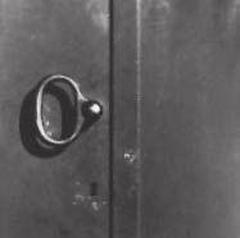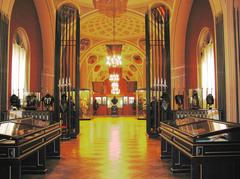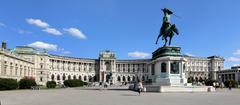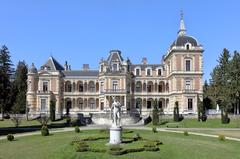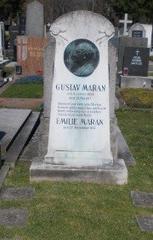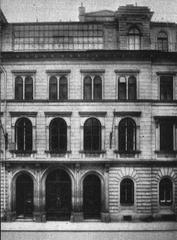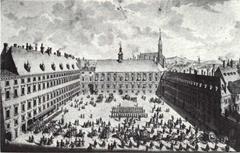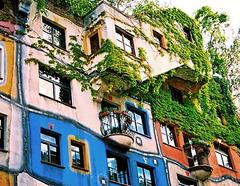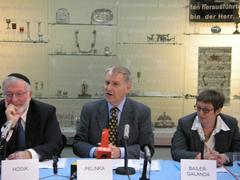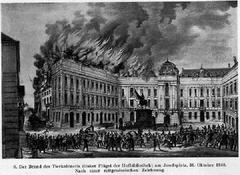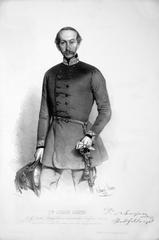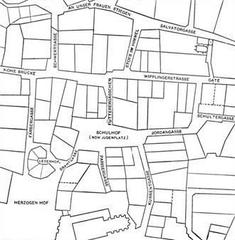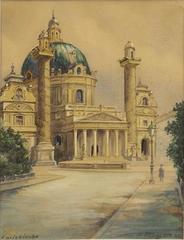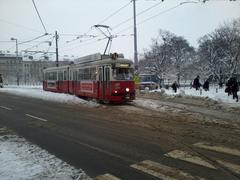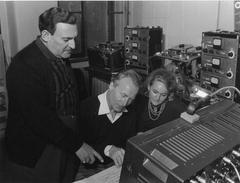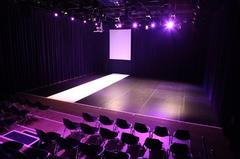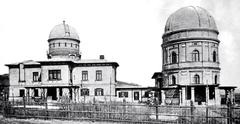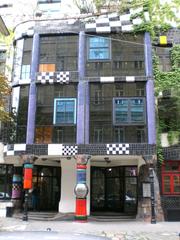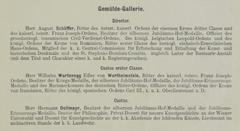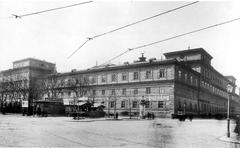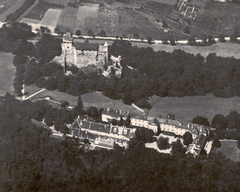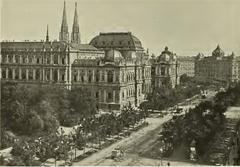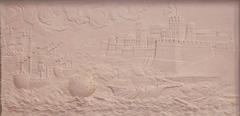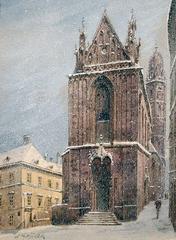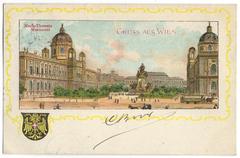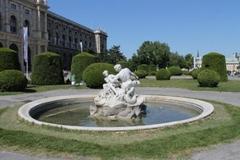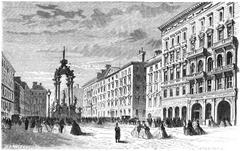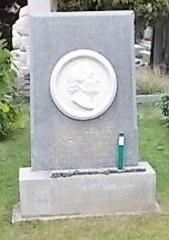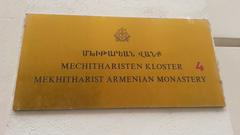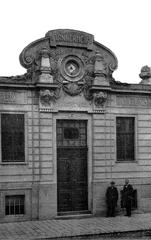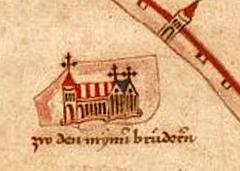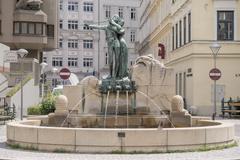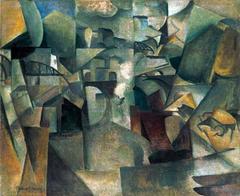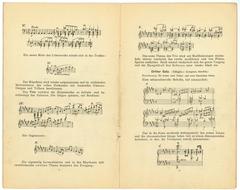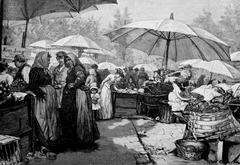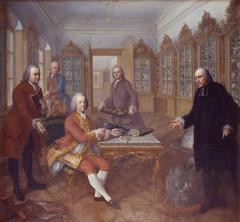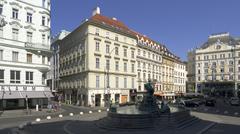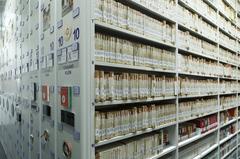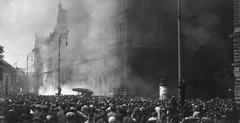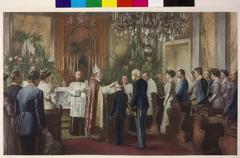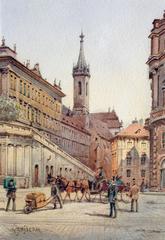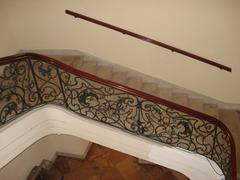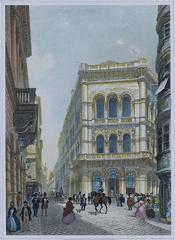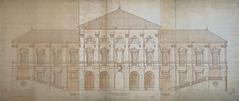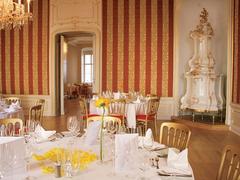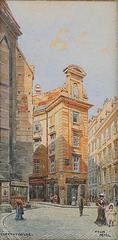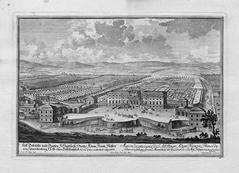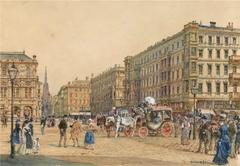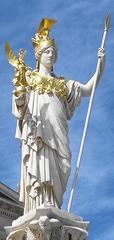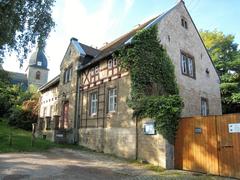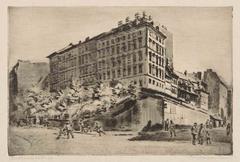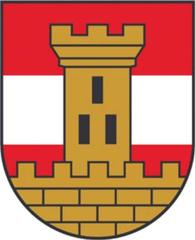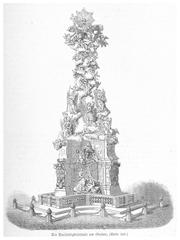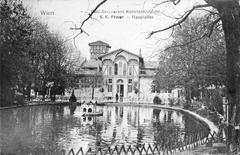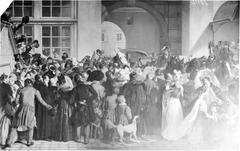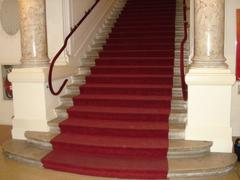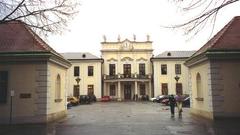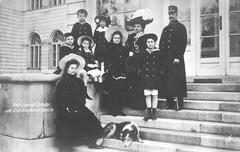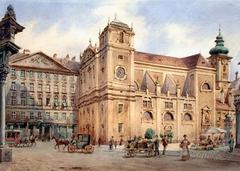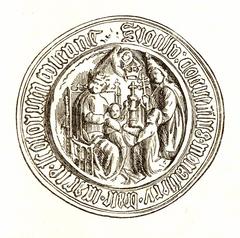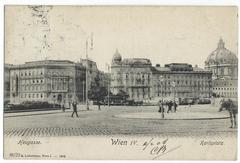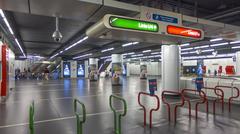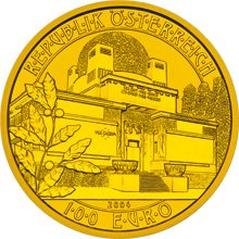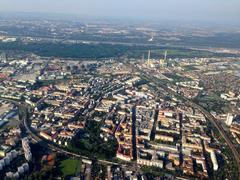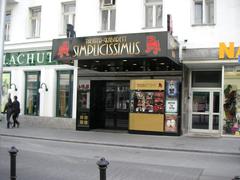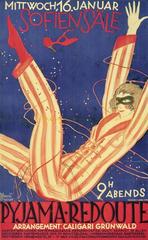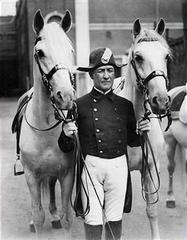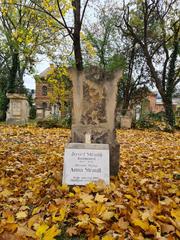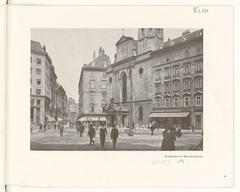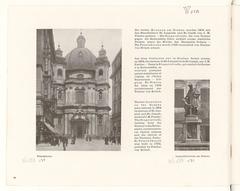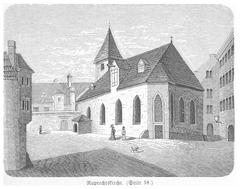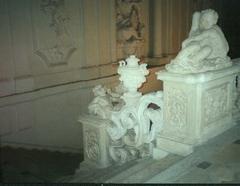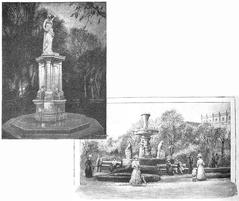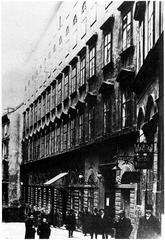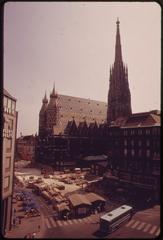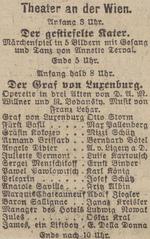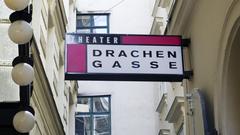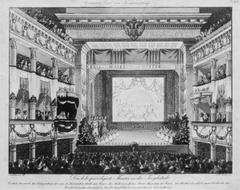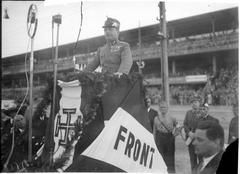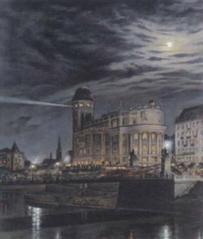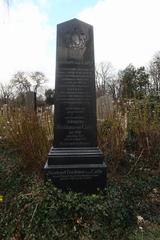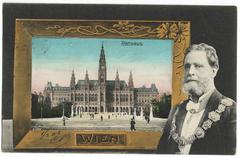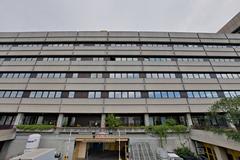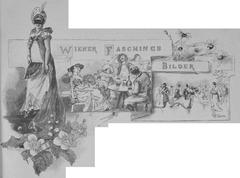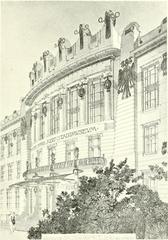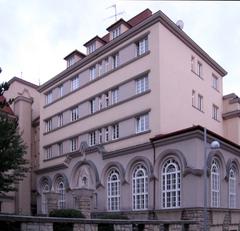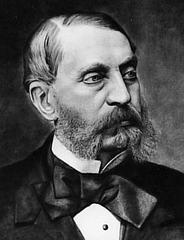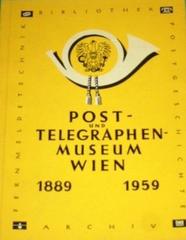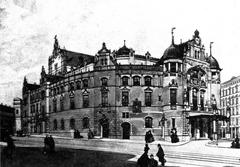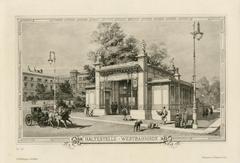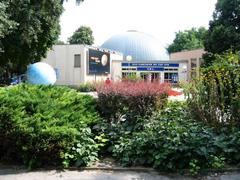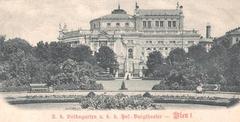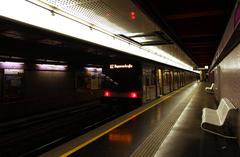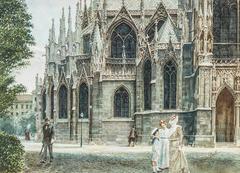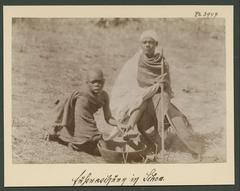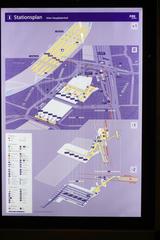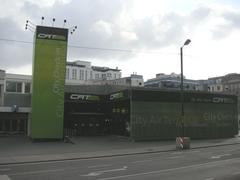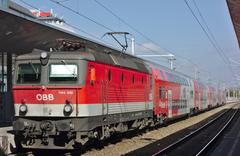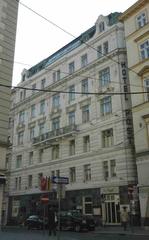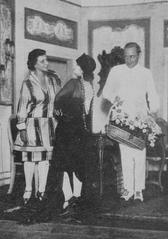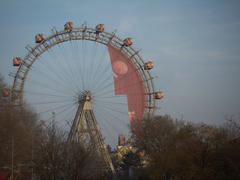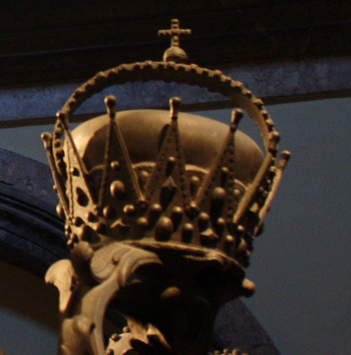
Visiting Kapuzinerkirche in Vienna: Tickets, Hours, and Tips
Publication Date: 17/07/2024
Introduction to Kapuzinerkirche
Nestled in the heart of Vienna, Austria, the Kapuzinerkirche, or Capuchin Church, stands as a testament to the city’s rich historical and cultural heritage. Established in the early 17th century, this iconic site offers visitors a unique blend of architectural beauty, historical significance, and religious reverence. The church was founded in 1617 by Anna of Tyrol, the wife of Emperor Matthias, to express gratitude for the Capuchin Order’s support during the Counter-Reformation. It was consecrated in 1632, making it a longstanding feature of Vienna’s religious and cultural landscape (Vienna Unwrapped). The Kapuzinerkirche is particularly renowned for the Imperial Crypt (Kaisergruft), established in 1633, which serves as the final resting place for numerous members of the Habsburg dynasty, including 12 emperors and 18 empresses (Vienna Tourist Board). The church and its crypt not only offer a profound glimpse into the Habsburg legacy but also provide valuable insights into Austrian and European history (Encyclopaedia Britannica). Whether you’re a history enthusiast, cultural explorer, or casual tourist, visiting Kapuzinerkirche promises an enriching experience that delves deep into Vienna’s storied past.
Contents Overview
- Introduction
- Origins and Early History
- Architectural Development
- The Imperial Crypt
- Historical Significance
- Notable Burials
- Restoration and Preservation
- Cultural Impact
- Modern-Day Relevance
- Visitor Information
- Visiting Hours and Tickets
- Guided Tours
- Travel Tips and Nearby Attractions
- Special Events
- Conclusion
- FAQ
Kapuzinerkirche - Visiting Hours, Tickets, and the Rich History of Vienna’s Iconic Church
Origins and Early History
The Kapuzinerkirche was founded in 1617 by Anna of Tyrol, the wife of Emperor Matthias, to express gratitude for the Capuchin Order’s support during the Counter-Reformation. The church was consecrated in 1632, making it a longstanding feature of Vienna’s religious and cultural landscape (Vienna Unwrapped).
Architectural Development
Originally modest in design, reflecting the Capuchin Order’s principles of simplicity and austerity, the church underwent significant renovations over the centuries. The most notable changes occurred in the 18th century when the church was redesigned in the Baroque style, adding ornate altars, frescoes, and other decorative elements (Austrian National Tourist Office).
The Imperial Crypt
A highlight of the Kapuzinerkirche is the Imperial Crypt (Kaisergruft), established in 1633. Serving as the final resting place for members of the Habsburg dynasty, the crypt contains the remains of 12 emperors, 18 empresses, and numerous other Habsburg family members, making it a crucial repository of Austrian history (Vienna Tourist Board).
Historical Significance
The Kapuzinerkirche and its Imperial Crypt are significant due to their association with the influential Habsburg dynasty, which shaped Europe’s political, cultural, and religious landscape from the Middle Ages to the early 20th century. The crypt offers valuable insights into Austrian and European history (Encyclopaedia Britannica).
Notable Burials
Notable burials in the Imperial Crypt include Emperor Franz Joseph I and his wife, Empress Elisabeth (Sisi), among others. Their tombs attract numerous tourists and history enthusiasts each year (Vienna History).
Restoration and Preservation
The Austrian government and various cultural organizations have undertaken several restoration and preservation efforts to maintain the church and crypt’s historical and architectural integrity. These efforts include structural repairs, conservation of artworks, and modern amenities to enhance the visitor experience (Austrian Heritage).
Cultural Impact
The Kapuzinerkirche has played a significant role in Vienna’s cultural life, hosting royal funerals, religious ceremonies, and cultural events. Its association with the Habsburg dynasty makes it a symbol of Austria’s imperial past and a focal point for national identity and heritage (Vienna Culture).
Modern-Day Relevance
Today, the Kapuzinerkirche remains an active place of worship and a popular tourist destination. It offers a unique blend of religious, historical, and cultural experiences, providing valuable insights into the Habsburg dynasty and the broader historical context of Austria and Europe (Vienna Guide).
Visitor Information
Visiting Hours and Tickets
- Opening Hours: The church is open daily from 10:00 AM to 6:00 PM. The Imperial Crypt has similar hours but may close earlier on certain days.
- Tickets: Admission to the Imperial Crypt costs €8 for adults, €6 for seniors, and €4 for students. Children under 10 enter for free.
Guided Tours
- Available daily at 11:00 AM and 2:00 PM, offering in-depth insights into the history and significance of the church and crypt.
Travel Tips and Nearby Attractions
- Location: The church is centrally located in Vienna, easily accessible by public transportation or on foot.
- Nearby Attractions: St. Stephen’s Cathedral, Hofburg Palace, and the Vienna State Opera are all within walking distance.
- Photography: Allowed but be respectful of the site’s religious significance.
- Accessibility: The church and crypt are wheelchair accessible.
Special Events
- The Kapuzinerkirche hosts various religious and cultural events throughout the year. Check their official website for updates.
Travel Tips
- Dress Code: Modest attire is recommended to respect the religious nature of the site.
- Behavior: Maintain a respectful demeanor, especially during religious services.
Conclusion
In summary, the Kapuzinerkirche is a site of immense historical, cultural, and religious significance. Its rich history, architectural beauty, and association with the Habsburg dynasty make it a must-visit destination for anyone interested in exploring Vienna’s heritage. Whether you are here to marvel at its architectural splendor, delve into the history of the Habsburgs, or simply reflect in a place of peace and reverence, the Kapuzinerkirche offers a profound and enriching experience. For more updates and information, follow us on social media or visit our website.
FAQ
1. What are the visiting hours for the Kapuzinerkirche?
- The church is open daily from 10:00 AM to 6:00 PM.
2. How much are tickets for the Imperial Crypt?
- Admission costs €8 for adults, €6 for seniors, and €4 for students. Children under 10 enter for free.
3. Are guided tours available?
- Yes, guided tours are available daily at 11:00 AM and 2:00 PM.
4. Is the Kapuzinerkirche wheelchair accessible?
- Yes, both the church and the crypt are wheelchair accessible.
5. What are some nearby attractions?
- Nearby attractions include St. Stephen’s Cathedral, Hofburg Palace, and the Vienna State Opera.
Plan your visit to the Kapuzinerkirche today and immerse yourself in the rich tapestry of Vienna’s history!
Sources and Further Reading
- Kapuzinerkirche - Visiting Hours, Tickets, and the Rich History of Vienna’s Iconic Church, 2024, Vienna Unwrapped (Vienna Unwrapped)
- Kapuzinerkirche - Visiting Hours, Tickets, and the Rich History of Vienna’s Iconic Church, 2024, Vienna Tourist Board (Vienna Tourist Board)
- Kapuzinerkirche Vienna - Visiting Hours, Tickets, and Historical Significance, 2024, Encyclopaedia Britannica (Encyclopaedia Britannica)
- Kapuzinerkirche Vienna - Visiting Hours, Tickets, and Historical Significance, 2024, Austrian Heritage (Austrian Heritage)
- Kapuzinerkirche Vienna - Visiting Hours, Tickets, and Historical Significance, 2024, Vienna Culture (Vienna Culture)
